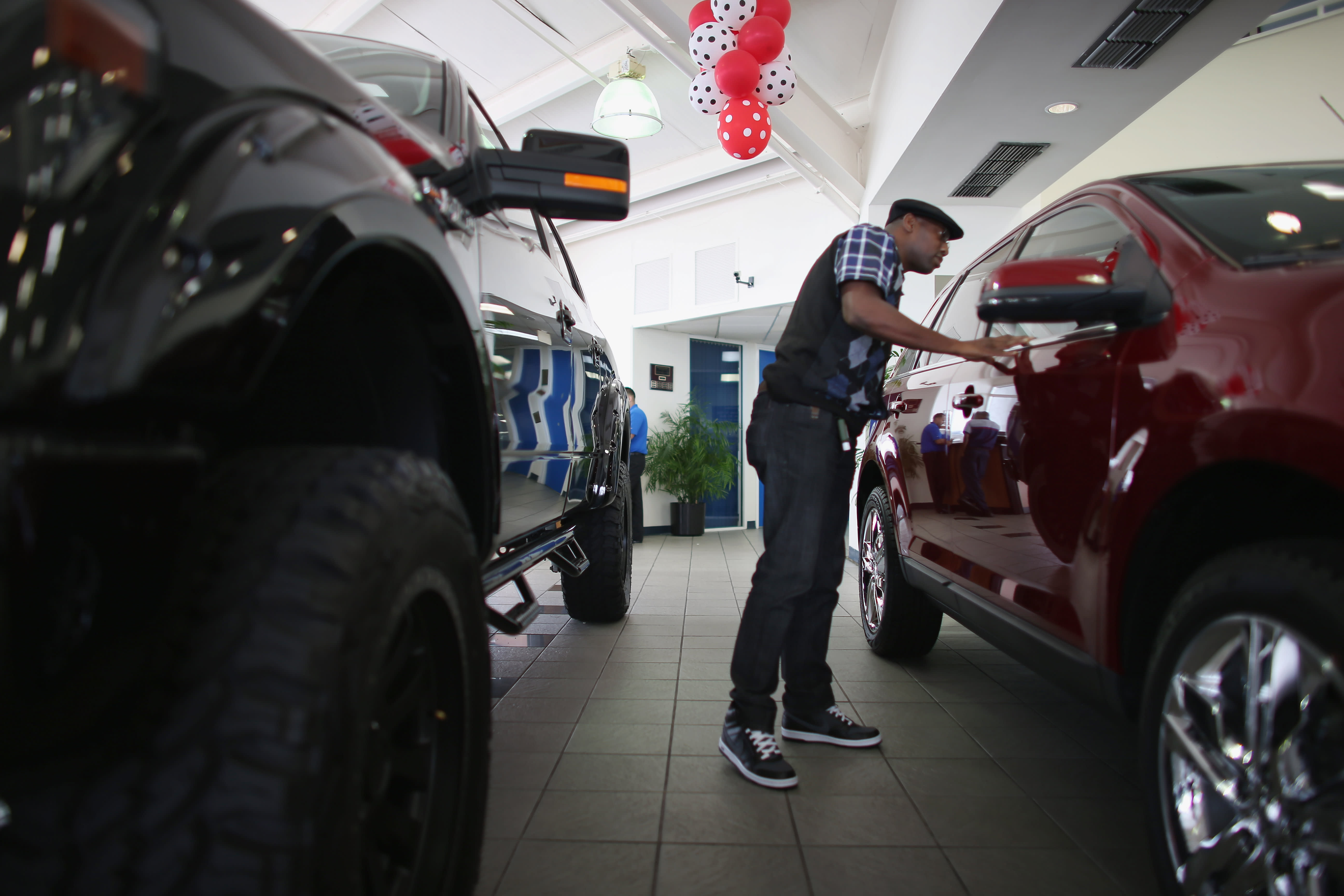When purchasing a new car these days, it may feel a lot like you’re giving your dealership a fat tip.
To that point, 82% are paying above sticker price for new vehicles, according to new research from Edmunds.com. That compares to 2.8% a year ago and 0.3% in early 2020.
Amid the auto industry’s persisting struggles with limited inventory due to an ongoing computer chip shortage, consumers have largely been forced to deal with prices that are up 12% year over year, according to the most recent data from the U.S. Bureau of Labor Statistics.
More from Personal Finance:
These scams may cost you this tax season
Here are 4 ways to slash your grocery bill
Inflation eroded pay by 1.7% over the past year
The average amount paid for a new car is $45,717, which is $728 more than the average manufacturer’s suggested retail price of $44,989, according to Edmunds’ research, which is based on transactions in January. A year ago, the average amount paid was $2,152 below MSRP — and two years ago that discount was $2,648.
While part of the reason for the inflated prices is wealthy consumers’ willingness to pay extra for the car they want, there are plenty of individuals paying a premium because they need transportation and don’t have another choice, Edmunds said.
Additionally, automakers aren’t offering much in the way of incentives because they generally don’t need to. In January, nearly 53% of vehicles were sold within 10 days of arriving at a dealership (some of them pre-ordered by consumers), according to an estimate from J.D. Power and LMC Automotive. The average number of days for a car to sell once it hits a dealership is 19 days, down from 51 days a year ago.
Based on Edmunds’ research, Cadillac topped the list of brands selling the most above MSRP last month, with buyers paying $4,048 extra. That was followed by Land Rover at $2,565 and Kia at $2,289.
Not all brands have commanded as high a premium. For instance, Buick buyers paid an average of $17 above sticker price in January, according to Edmunds. And Alfa Romeo had an average discount of $3,421; Volvo, $869; and Lincoln, $510.
Additionally, Ford and General Motors have asked their dealers to stop charging customers more than MSRP, according to published reports.
For car shoppers, the current inventory squeeze means it may be worth waiting to make a purchase if possible until the market stabilizes, Edmunds said. If you cannot, however, there are some ways to try getting a better deal than you may otherwise — it just will involve some legwork.
“If you know you need a new vehicle soon … doing extra research is critical to get an advantage,” said Ivan Drury, senior manager of insights at Edmunds.
Additionally, being flexible can help, Drury said. If possible, consider alternative vehicle types or brands and be willing to compromise on color and features.
You also may want to expand your search radius, which could yield a greater range of options. And if you are facing markups above MSRP, try to get the upward adjustment to include add-ons like warranties, service contracts, protection packages or dealer-installed accessories, Drury said.
If you have a trade-in, capitalize on that, he said.
“Your car’s value is one of your biggest negotiating tools in offsetting the purchase price of your next vehicle,” Drury said.
The average trade-in value reached $9,852 in January, an 88% increase of $4,611 from a year ago, according to J.D. Power.
